Unlock the Potential of Main Street Investments
Investing in local businesses can be a rewarding way to grow your money while supporting your community. Whether it’s a cozy neighborhood restaurant or a bustling retail shop, understanding the financial outlook is key to making smart choices. That’s where tools like our Main Street Investment Return Analyzer come in handy. They simplify the process, letting you estimate potential profits without wading through complicated spreadsheets.
Why Local Business Investments Matter
Small businesses are often the heartbeat of a town, but they come with unique risks and rewards. By inputting details like your starting capital, expected income, and costs, you can get a clearer picture of what lies ahead. This kind of analysis helps demystify the numbers, especially for those new to the game. Beyond just crunching data, it’s about gaining confidence to back ventures that resonate with you.
Start Small, Think Big
Even if you’re just exploring options, having a resource to map out returns on local ventures is invaluable. Dive into the possibilities today and see how a modest investment might grow over time in your own backyard.
FAQs
How accurate are the results from this investment analyzer?
The results are based on the numbers you provide, like revenue, expenses, and growth rate. They’re meant to give you a rough idea of potential returns, not a guarantee. Real-world factors like market shifts or unexpected costs can change outcomes, so always consider this a starting point and consult a financial advisor for big decisions.
Who is this tool designed for?
We built this for everyday folks curious about investing in local businesses—think small retail shops or diners. You don’t need to be a Wall Street pro to use it. Just plug in some basic info, and we’ll help you visualize what your investment might look like over time. It’s all about making financial insights accessible.
What if my business has irregular revenue or expenses?
This tool assumes steady or predictable figures based on your inputs, so irregular cash flow might not reflect perfectly in the results. Try using average annual numbers for revenue and expenses to get a general sense. If your situation is super variable, the output might be less precise, and you might want to dig deeper with a professional.



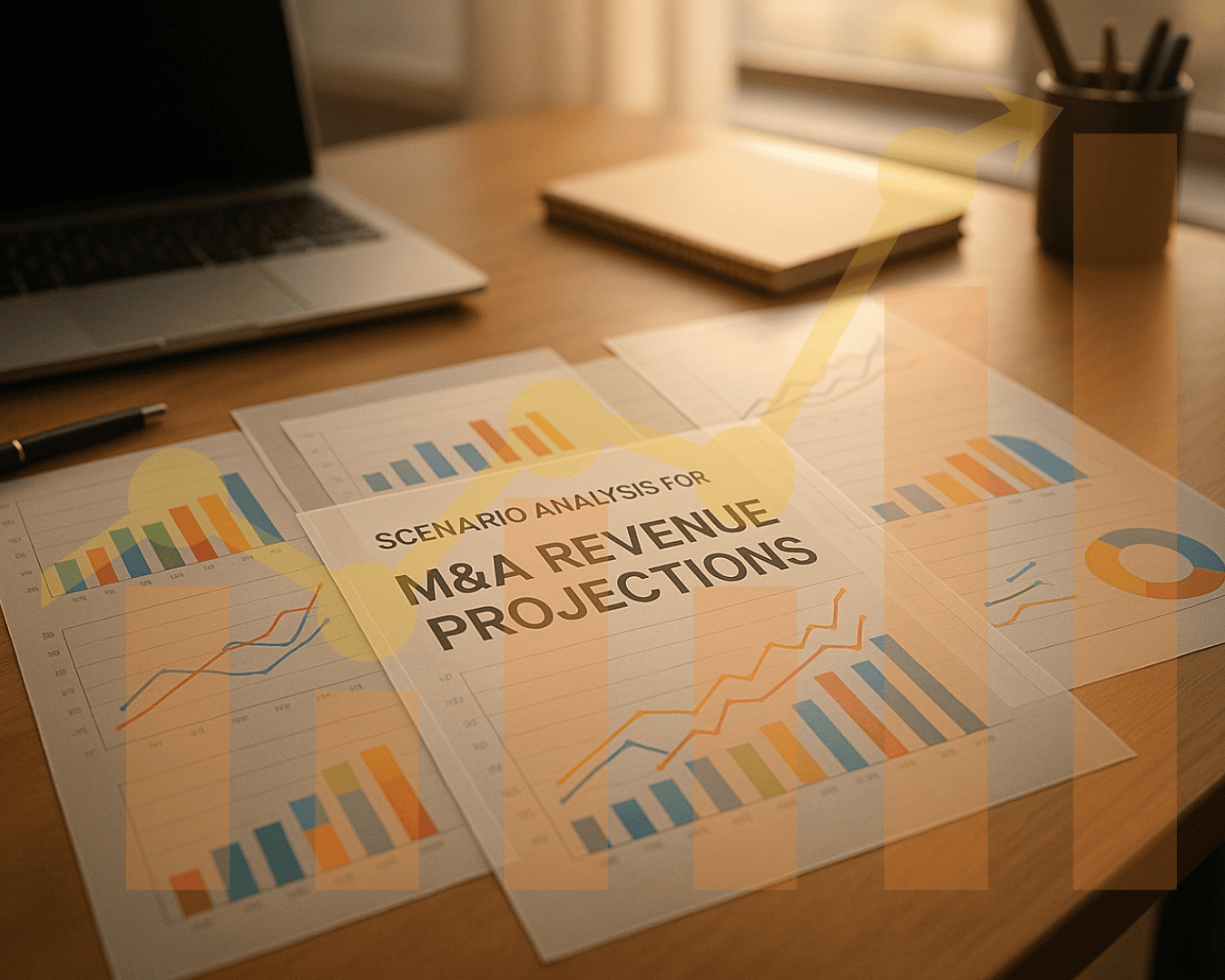





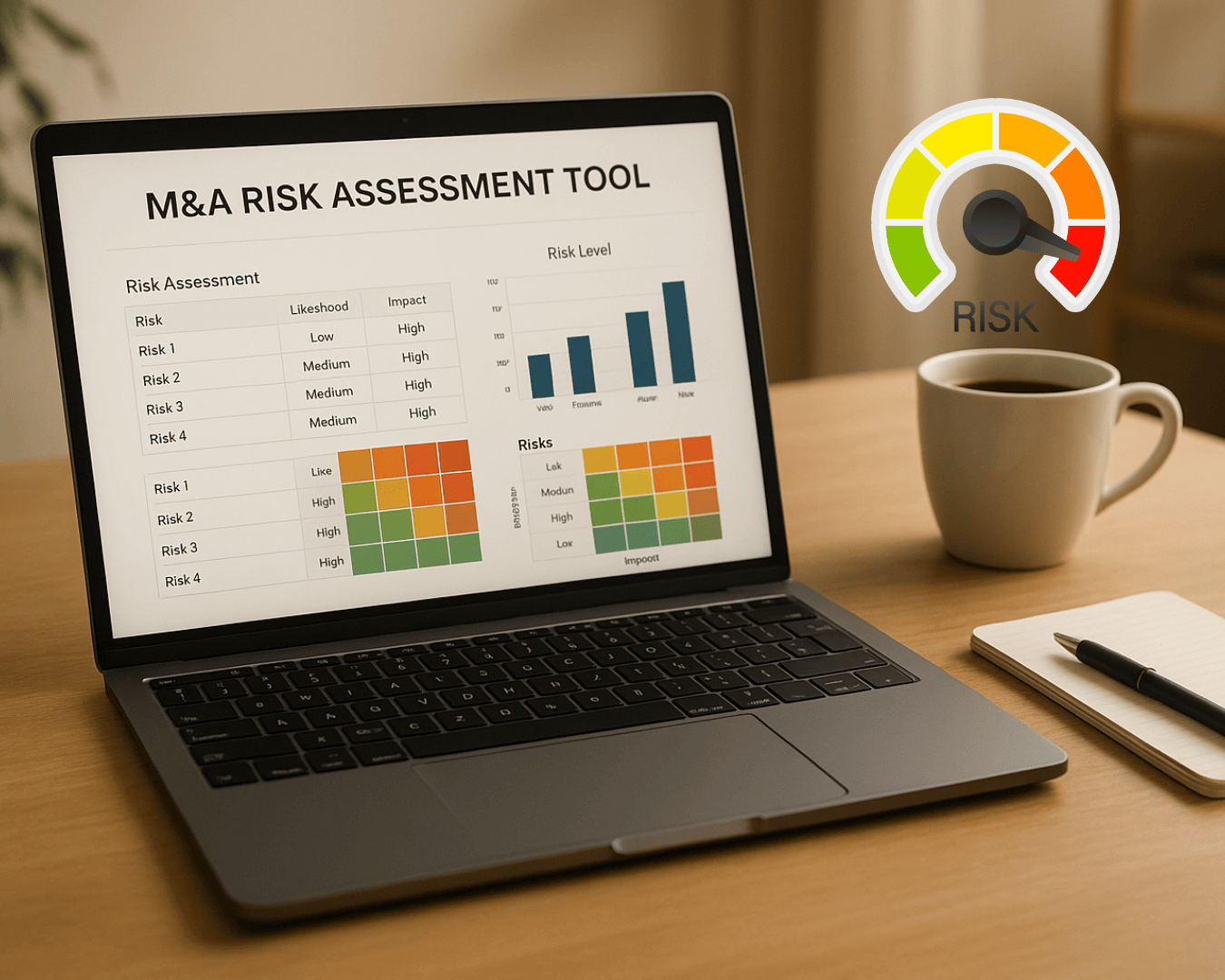


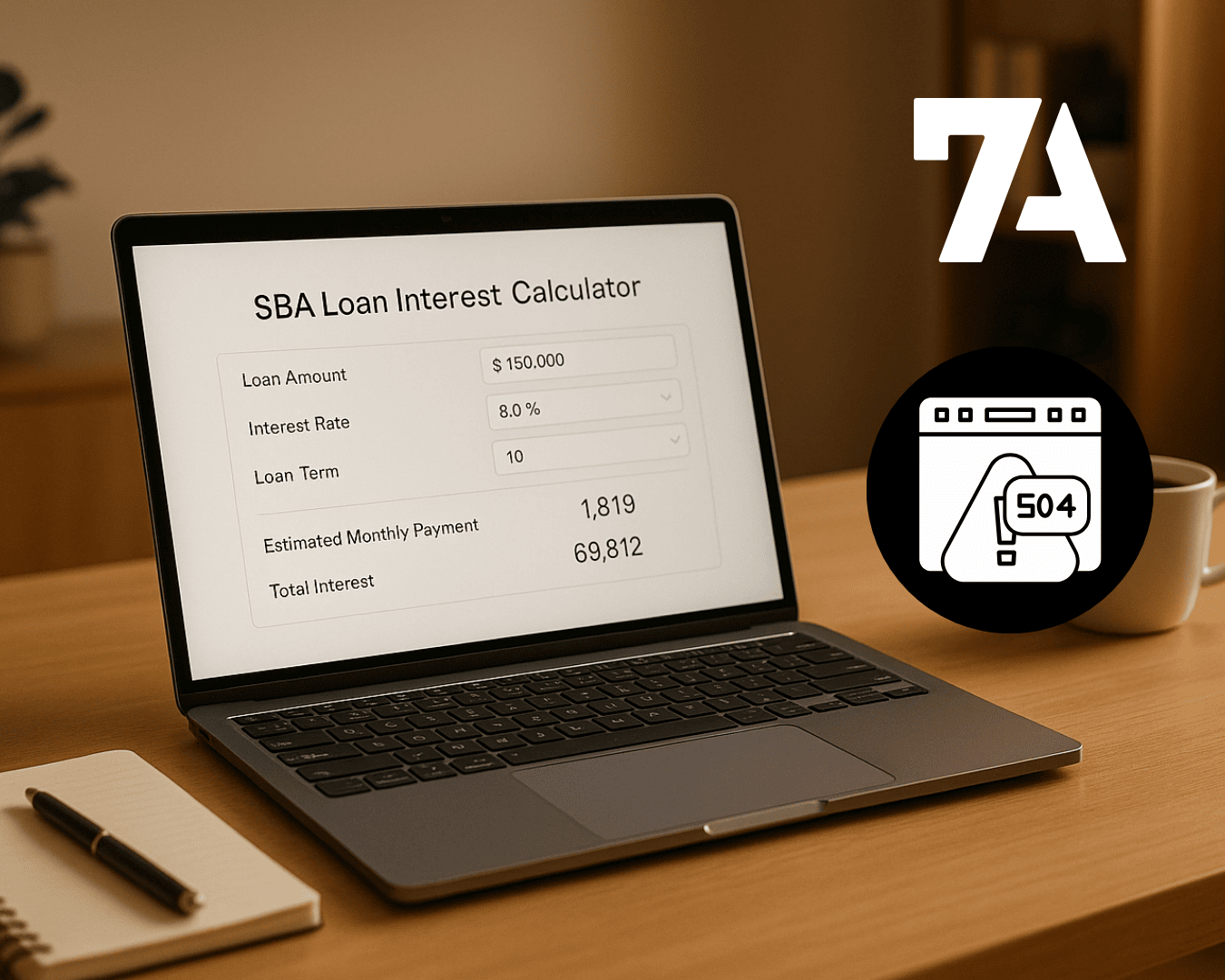








%20Loan%20Application%20Checklist.png)
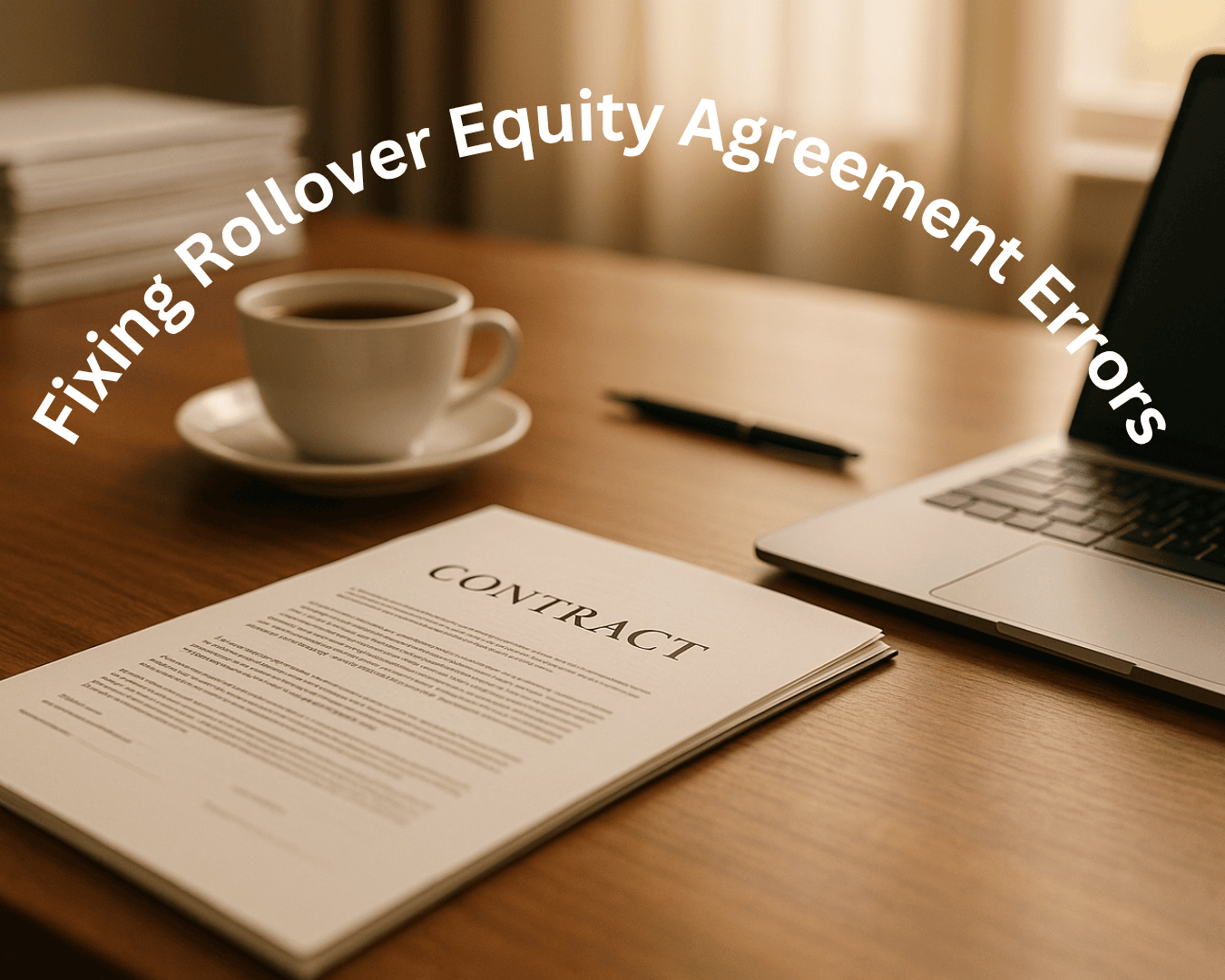
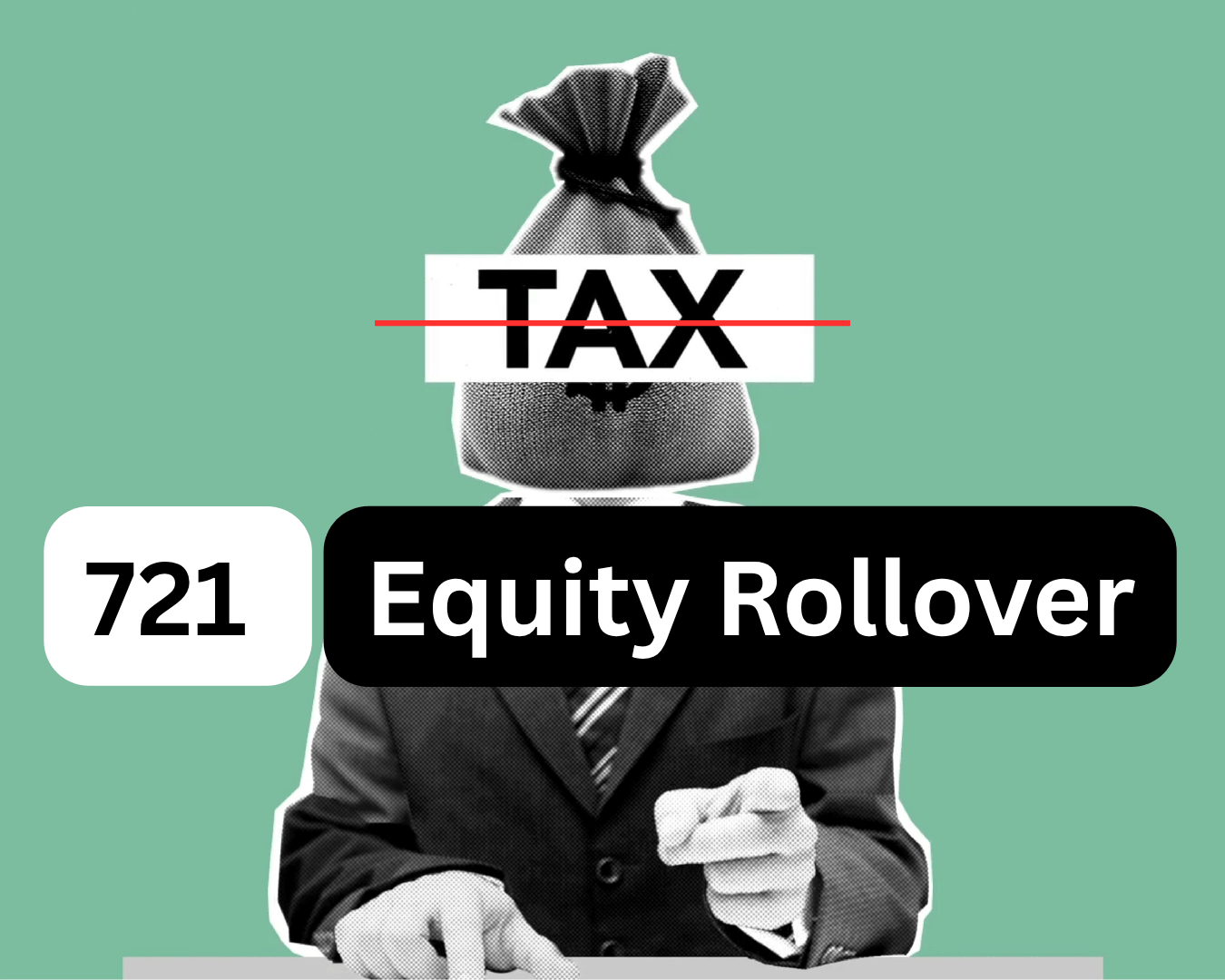




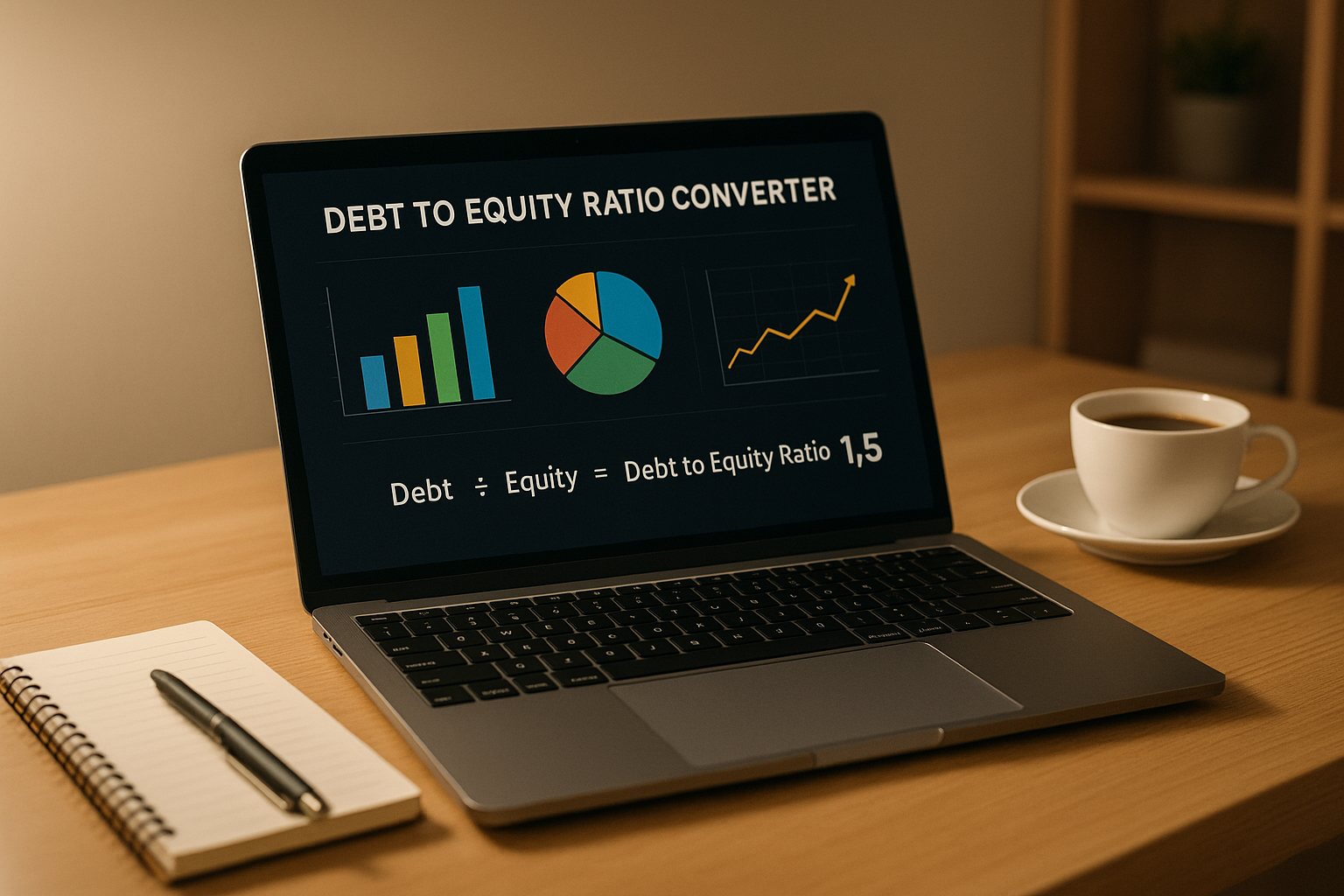










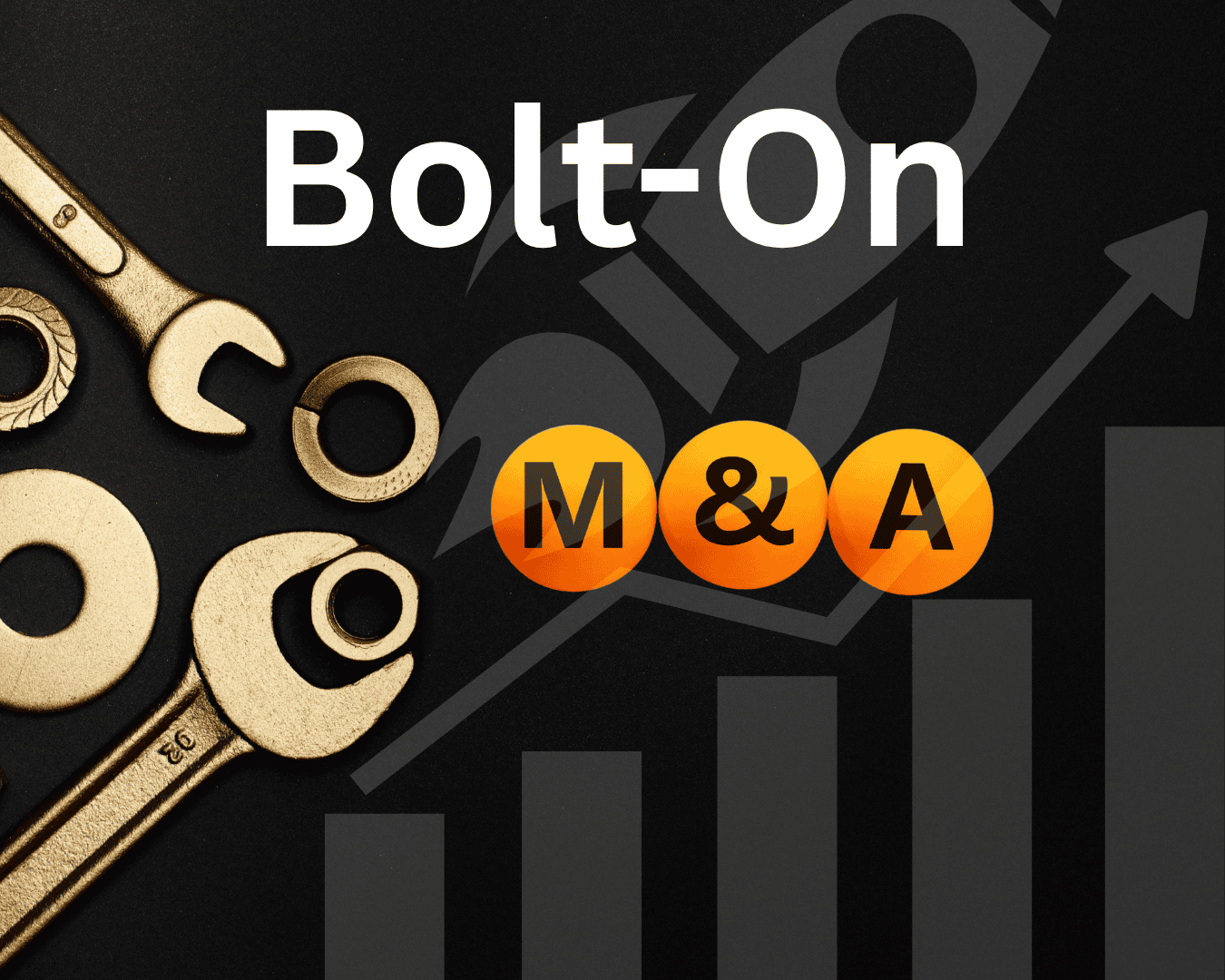










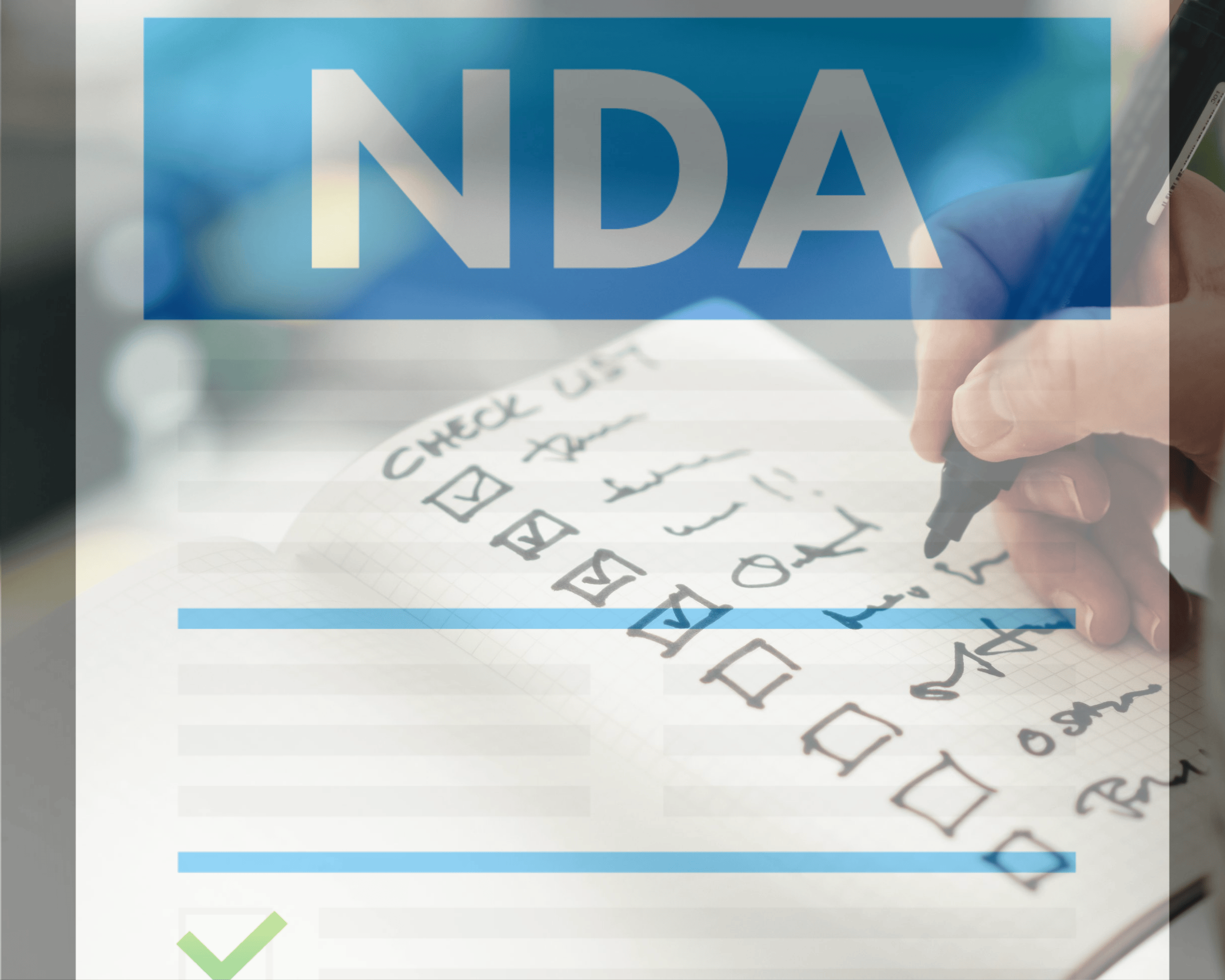

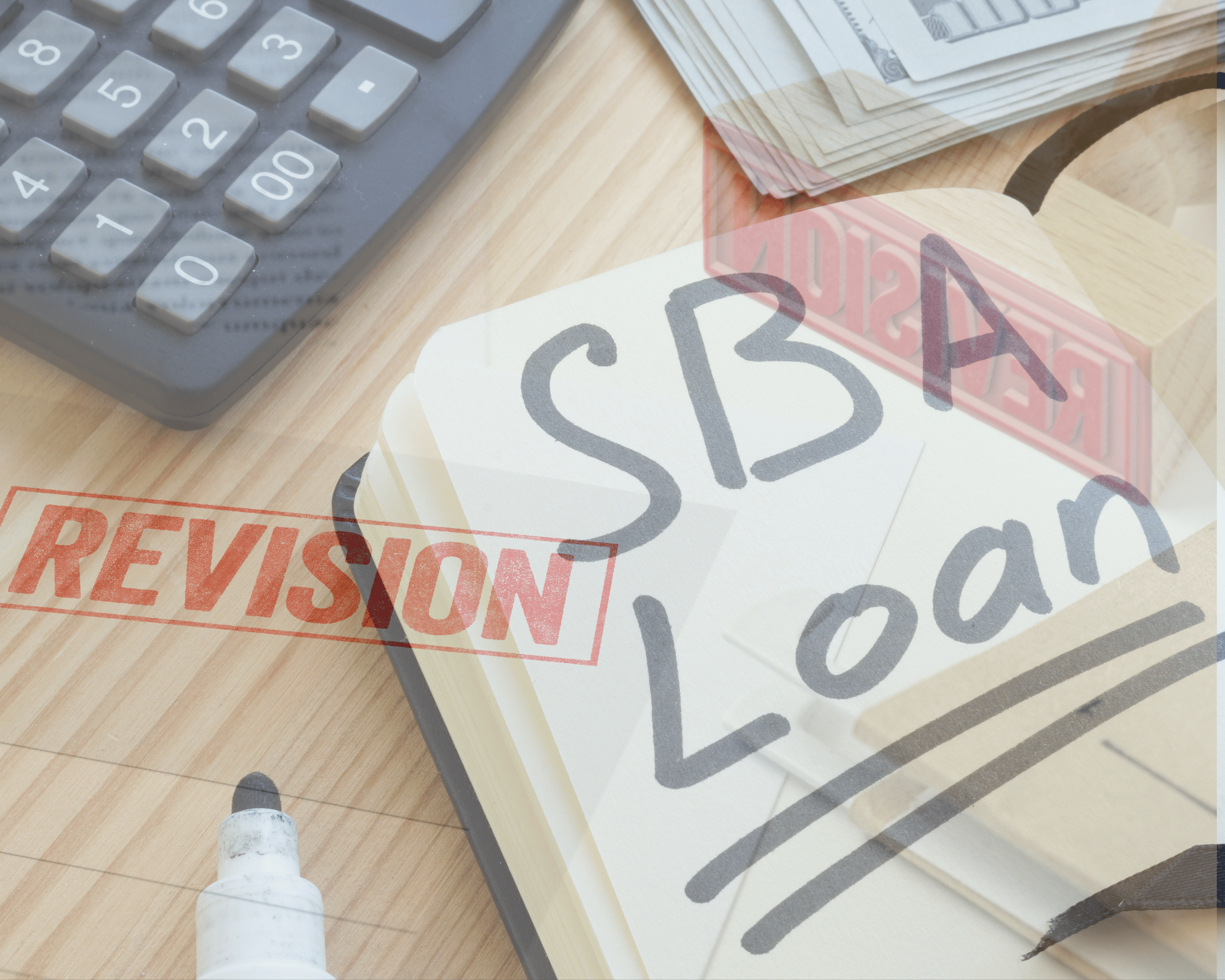
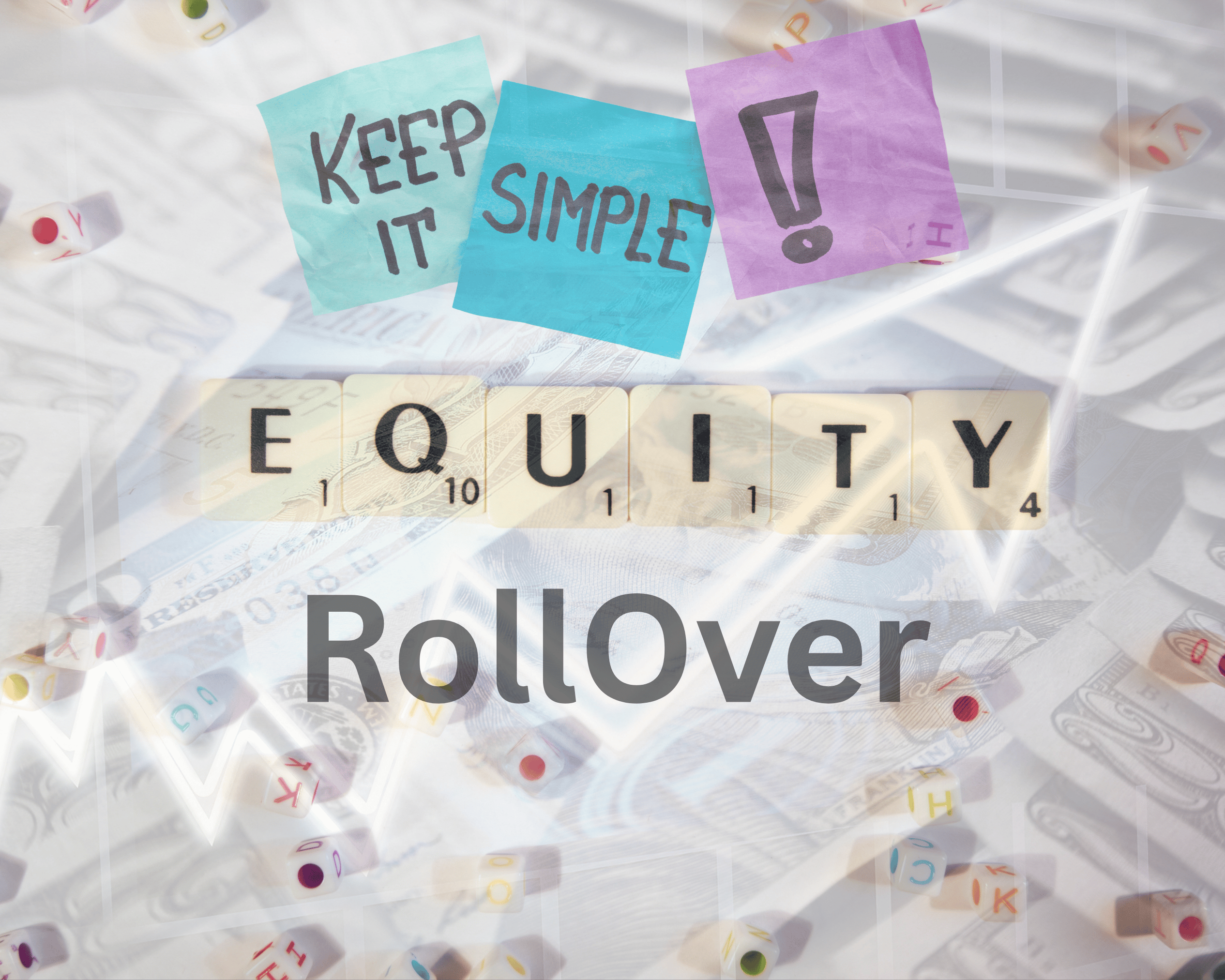







.png)
%20Loans%20%26%20Your%20Buy-Side%20Edge.png)

































.png)
.png)
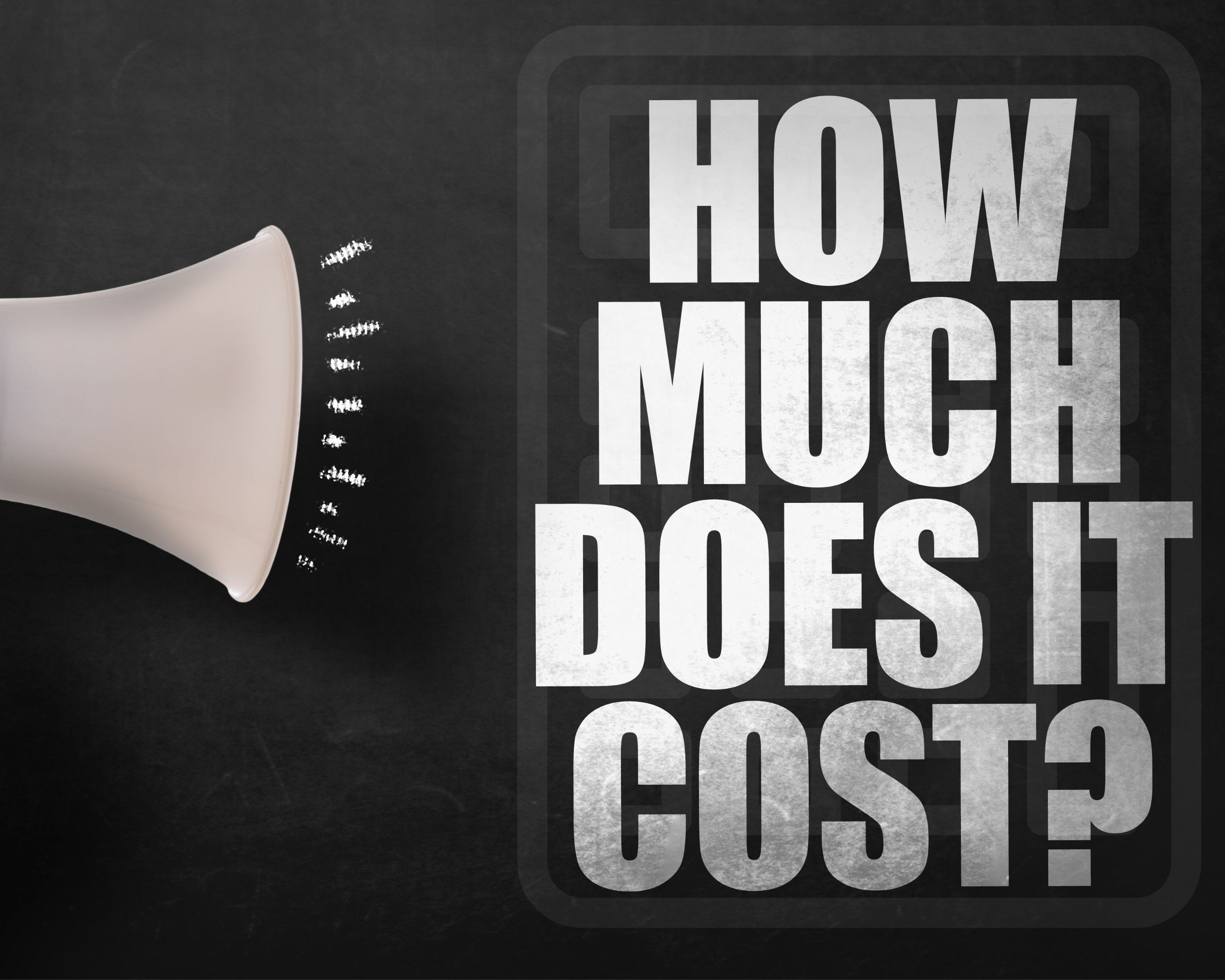


.png)








